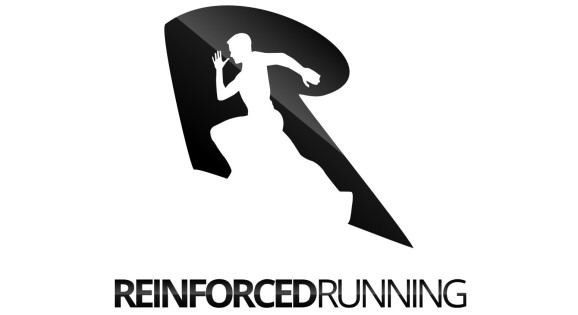How to build a plan to peak for your goal race.
To race well, you need to work harder and build volume.
Then as you get closer to race day, you “sharpen” by dropping volume and keeping the intensity high.
Conventional wisdom says you should shy away from intensity until just before your race to avoid peaking too early.
But you can and should do intensity during most of your training block. The key here is volume. When volume is high, so is your fatigue. When your fatigue is high, you won’t be able to be in peak race form because you will be too tired.
To truly be at your best fitness or “peak,” your fatigue needs to be low, and your fitness needs to be high.
To accomplish a peak, you need to plan things well. If you taper for too long, your fitness will drop.
There is a sweet spot where your fatigue lowers, and your fitness remains.
Your fatigue will drop faster than your fitness, which gives us some wiggle room, but there is still a skill to time the peak well.
You adapt through continuous overload. Training yourself and creating a stimulus will force your body to change.
Basically, you work hard, and you recover so that next time, you will be able to do more work.
When it comes to your goal race, you want your fatigue to be low and your fitness to be high. But you only improve your fitness through overload.
So there is a short window where your fatigue is low enough to perform, and your fitness remains high. Once your fatigue gets too low, your fitness will start to drop – because you are no longer doing enough to elicit a change.
At this point, you can only hope to maintain fitness, which will inevitably go down after several days or weeks or less volume.
If your volume is high, you can then continue to improve your training even when you are doing race-specific workouts.
The specific workouts are not what will make you peak. They will help you get race-ready through familiar stimulus and race simulation adaptation – but you won’t just start to peak because you are doing race-specific workouts.
You will peak when you bring the volume down, so your fatigue level lessens.
However, a trap people can fall in is doing too much race-specific workouts and not increasing there volume along the way.
If you focus on intensity, you will recover fairly quickly, and your fitness may not increase because the volume has remained the same.
Let’s use Hyrox as an example.
If you continuously do the 8k race simulation for your training, two things can happen.
- One – If you have not built up to handle that kind of volume and intensity in your workouts, it will take too long to recover, and the days around the workout will force you to lower your volume to recover. So your overall volume will suffer because you loaded up too much intensity too soon.
- Two – If you do the same amount of volume without and increase your fatigue level will not rise much higher than the baseline because you have already adopted.
So you need to keep pushing with extra sessions or with more prolonged bouts of training.
I believe that you can do any workouts at any time throughout the year and continue to improve.
The order of your stimulus will matter when approaching a race. You want to be race sharp and familiar with how the race will feel. Most likely, these race-specific workouts will be the most intense effort, and it will be hard to keep the volume high.
It’s more common to start a plan with longer slower workouts like tempo runs because it is much easier to amass volume at a lower intensity. If you can keep volume high while doing shorter, faster workouts, you will not risk peaking too early.
Ways to keep volume up is by increasing recovery during your workouts. Try splitting your workouts into sets with longer breaks – something like three rounds of 4 x 400 @5k pace with 90 seconds between reps and 4 minutes between sets.
It would be best if you keep your volume high through your easy recovery effort or your moderate workouts and long run. These will all compound fatigue to keep adaption rolling.
Fatigue is good. Until it’s time to perform at your highest level, but during training, you should be tired to avoid peaking early.
